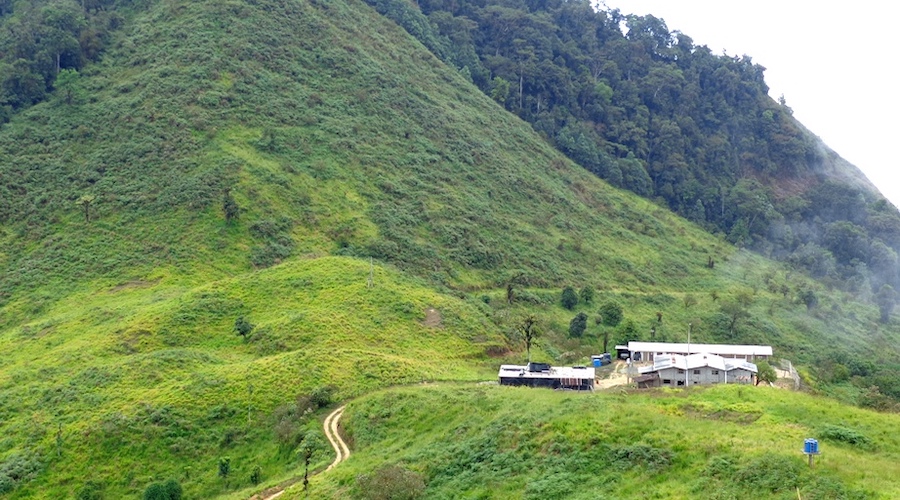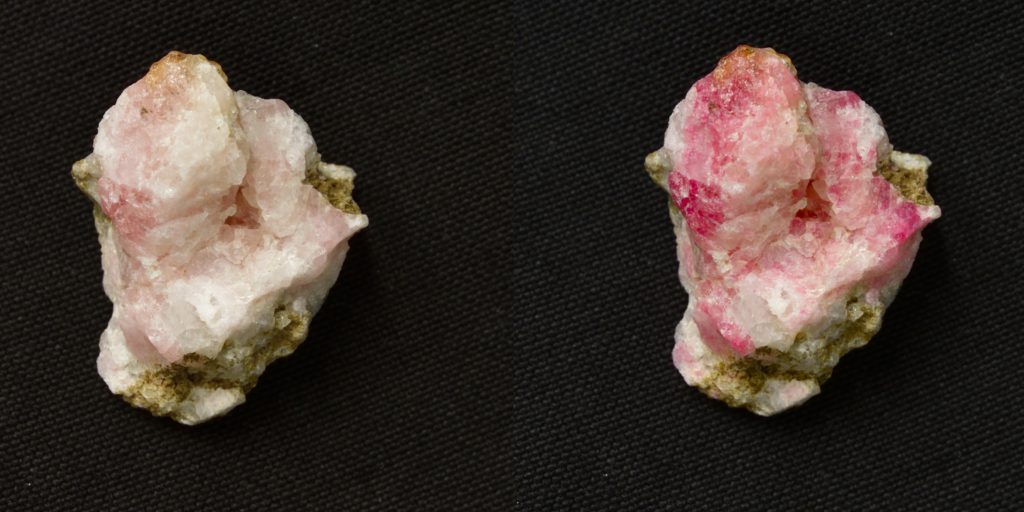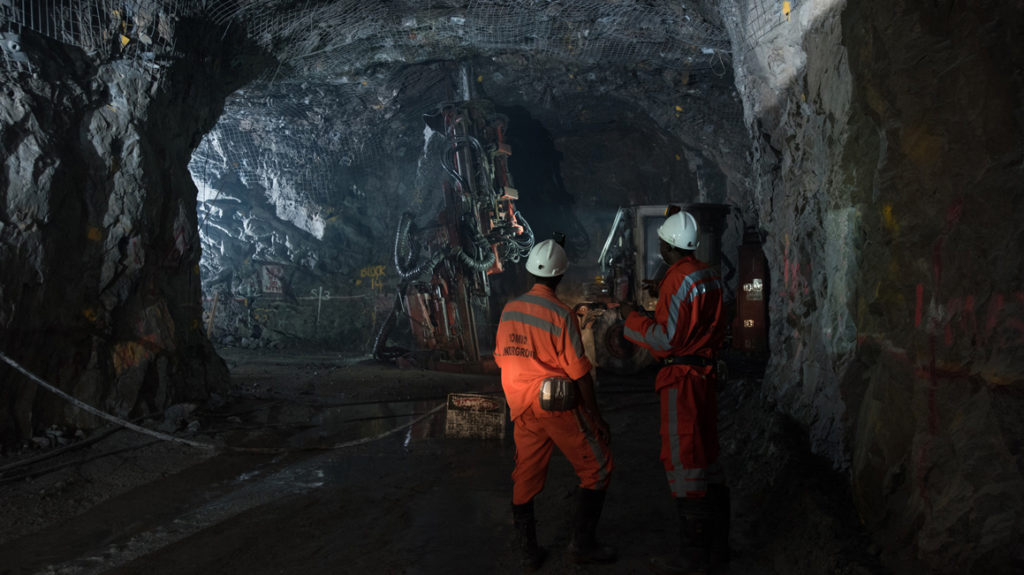Lumina Gold grows Cangrejos project in Ecuador


Results of the 36,000 metre drill program extend mineralization at the known gold-copper mineralization on the Gran Bestia deposit, within the pit identified in the Preliminary Economic Assessment (PEA), but in areas previously characterized as waste.
Analysts at Haywood Research said the find is likely to lead to an increase in contained ounces and effective lowering of the life of the mine strip ratio.
They also noted that the definition of high-grade shallow gold-copper mineralization at Gran Bestia that could bring ounces forward in the pre-feasibility (PFS) mine plan vs the PEA.
“The main results from the company’s latest drilling confirm presence of thick Au-Cu mineralization from surface in the southwest margin of the Cangrejos deposit, which shows potential for lateral expansion of the system locally,” the researchers wrote.
In-depth analysis of the latest drilling results supports the thesis for the ultimate combination of the two pits over time, according to Haywood.
“We reiterate the scale of Lumina’s flagship Cangrejos development project with our modelled assumptions presenting material upside versus the company’s prevailing equity value,” Haywood’s note said.
“We believe such a compelling disconnect is worthy of attracting M&A focus from producers looking to integrate large-scale, long-life assets into their portfolios as proven and probable reserve balances continue to decline on a global scale,” it concluded.
Sector in its infancy
Lumina’s Cangrejos project is located in the Andean foothills of El Oro province, in southwestern Ecuador. The area has a long established history of mining, but the sector remains small, with only a handful of operations and projects.
Ecuador currently has two producing mines — EcuaCorriente’s $1.4 billion Mirador copper mine and Lundin Gold’s (TSX: LUG; US-OTC: LUGDF) $700 million Fruta del Norte.
The government of President Guillermo Lasso aims to push five more into production over the next three years.
Indigenous communities around Ecuador have been pushing back against the spread of mining, with protests, lawsuits and efforts to develop economic alternatives such as stepped-up tourism.
They have managed to halt several large mining projects over the past five years, and in January the Constitutional Court ruled that mining operations need to seek consent from all indigenous communities affected by their projects, not just a select few.
Despite the roadblock, some companies have managed to obtain the necessary permits to move their projects forward. These include Canada’s Dundee Precious Metals (TSX: DPM), whose environmental permit for its Loma Larga gold underground project was upheld by a local court in July.
This post has been syndicated from a third-party source. View the original article here.



